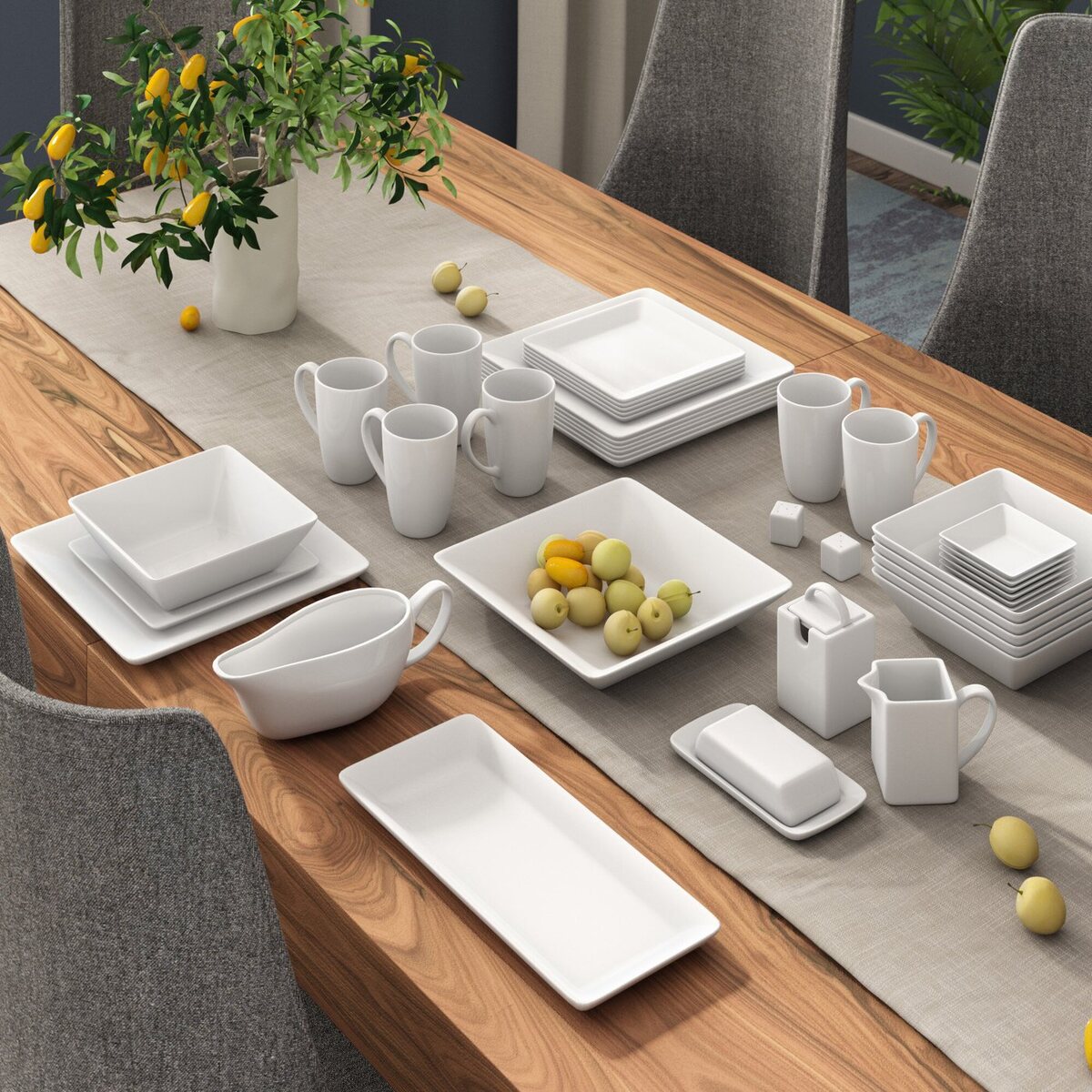

Tableware
How To Choose Dinnerware
Modified: January 9, 2024
Looking for the perfect tableware? Learn how to choose dinnerware that suits your style and dining needs. Enhance your dining experience with our expert tips and advice.
(Many of the links in this article redirect to a specific reviewed product. Your purchase of these products through affiliate links helps to generate commission for Storables.com, at no extra cost. Learn more)
Introduction
Choosing the right dinnerware can significantly enhance your dining experience and add a touch of elegance to your table setting. Whether you are hosting a formal dinner party or enjoying a casual meal with your family, the right tableware can elevate the overall ambiance and make your meals more memorable.
However, with so many options available in the market, finding the perfect dinnerware set can be a daunting task. Factors such as material, design, size, durability, and budget must all be taken into consideration to make an informed decision.
In this guide, we will explore the various factors to consider when choosing dinnerware, as well as the different material options, design and style choices, and other practical considerations. By the end, you will have a comprehensive understanding of how to choose the perfect dinnerware set that suits your needs and preferences.
So, let’s delve into the world of tableware and discover the secrets to creating a stunning and functional dining experience.
Key Takeaways:
- Choose dinnerware that reflects your personal style and meets practical needs. Consider material, design, size, and durability to enhance your dining experience and create a cohesive table setting.
- Set a budget and prioritize quality over quantity when selecting dinnerware. Consider special features, cleaning requirements, and maintenance to ensure longevity and optimal performance.
Read more: What Is Dinnerware?
Factors to Consider
Before diving into the specifics of dinnerware options, it’s important to consider the factors that will guide your decision-making process. Taking these factors into account will help you narrow down your choices and find the dinnerware that best fits your needs and lifestyle.
- Usage: Consider how you will use the dinnerware. Are you looking for everyday tableware or special occasion pieces? This will determine the level of durability and formality you require.
- Lifestyle: Think about your lifestyle and the activities you engage in regularly. If you have young children or frequently host outdoor gatherings, you may want to prioritize durability and resistance to breakage.
- Personal Style: Your personal style and aesthetic preferences should factor into your decision. Think about the overall look and feel you want to create on your table and choose dinnerware that complements your style.
- Complementary Pieces: Consider any existing tableware or serving pieces you may already have. Look for dinnerware that can easily be paired with your current collection to create a cohesive table setting.
By taking these factors into consideration, you can ensure that the dinnerware you choose not only meets your practical needs but also reflects your personal style and taste.
Material Options
When it comes to dinnerware, the material used plays a significant role in its performance, appearance, and durability. There are several common materials to choose from, each with its own unique characteristics:
- Porcelain / Bone China: Porcelain and bone china are popular choices for their classic and elegant look. They are known for their fine texture, translucency, and chip resistance. Bone china has a higher percentage of bone ash, making it slightly more durable than porcelain.
- Stoneware: Stoneware is a versatile and durable option. It has a casual and rustic feel, making it ideal for everyday use. Stoneware is often known for its earthy colors and textured finishes.
- Earthenware: Earthenware is a more affordable option with a traditional charm. It has a warmer and more rustic appearance. However, it is less durable than porcelain or stoneware and can chip or crack more easily.
- Melamine: Melamine is a popular choice for outdoor dining or casual gatherings. It is lightweight, shatterproof, and resistant to scratches and stains. Melamine dinnerware comes in a wide variety of vibrant colors and patterns.
- Fine China: Fine china is known for its delicate and translucent appearance but is less durable than porcelain or stoneware. It is often reserved for special occasions and formal dining settings.
Ultimately, the choice of material will depend on your personal preferences, lifestyle, and intended use. Consider the durability, aesthetics, and maintenance requirements of each material before making a decision.
Design and Style
The design and style of dinnerware can greatly influence the overall aesthetic of your table setting. Whether you prefer a classic and timeless look or a more modern and eclectic style, there are numerous options to choose from:
Classic: Classic dinnerware designs feature simple and elegant patterns, such as delicate floral motifs or subtle geometric shapes. These designs are timeless and versatile, suiting a wide range of table settings.
Contemporary: Contemporary dinnerware embraces bold and abstract patterns, vibrant colors, and unconventional shapes. These designs add a modern and artistic touch to your table and are perfect for those who prefer a more eclectic style.
Traditional: Traditional dinnerware often showcases intricate detailing and ornate patterns inspired by historical motifs. These designs exude a sense of sophistication and elegance, making them suitable for formal occasions.
Minimalistic: Minimalistic designs focus on clean lines, solid colors, and simplicity. They create a sleek and understated look that can be effortlessly paired with other tableware pieces.
Seasonal and Holiday: Seasonal and holiday-themed dinnerware sets allow you to create a festive and celebratory table setting for special occasions. These designs often feature motifs and colors associated with specific holidays or seasons.
When choosing the design and style of your dinnerware, consider the overall theme or ambiance you want to create on your table. Also, think about how the design will coordinate with your existing table linens, glassware, and serving pieces.
Remember, your dinnerware is a reflection of your personal taste and style. Choose a design that resonates with you and complements your overall table setting vision.
Size and Shape
The size and shape of dinnerware play a crucial role in both the functionality and visual appeal when you set your table. Here are some important considerations:
Plate Size: Consider the size of the plates you need, taking into account the type of meals you typically serve. If you often serve large portions or need space for elaborate plating, opt for larger dinner plates. Smaller plates, such as salad or dessert plates, are suitable for lighter meals or appetizers.
Bowl Size: Bowl sizes can vary greatly, from shallow soup bowls to deep cereal bowls. Choose bowls that will accommodate the types of dishes you frequently serve, whether it’s soups, salads, or pasta.
Cup and Saucer Size: If you prefer to serve hot beverages, consider the size of the cups and saucers. Smaller cups are ideal for espresso or tea, while larger mugs are perfect for coffee or hot chocolate.
Shape: The shape of the dinnerware can add visual interest to your table setting. You can choose from round, square, rectangular, or even irregular shapes. Keep in mind that different shapes may require different storage and handling considerations.
Stackability: Consider the stackability of your dinnerware. If you have limited storage space, look for plates and bowls that stack neatly to maximize storage efficiency.
Compatibility: Ensure that the size and shape of your dinnerware are compatible with your existing collection of table linens, serving pieces, and storage solutions. You want your dinnerware to seamlessly work together and enhance the overall presentation of your table.
By considering the size and shape of your dinnerware, you can ensure that it suits your serving needs, complements your dining preferences, and enhances the aesthetics of your table setting.
When choosing dinnerware, consider the material, style, and durability. Porcelain and bone china are elegant but fragile, while stoneware and melamine are more durable for everyday use. Choose a style that complements your dining aesthetic and consider the ease of maintenance.
Read more: How To Set Up Dinnerware
Durability and Practicality
When selecting dinnerware, it’s important to consider the durability and practicality of the materials and designs. Here are some factors to keep in mind:
Chip and Break-Resistance: Look for dinnerware that is chip and break-resistant, especially if you have a busy household or young children. Materials like porcelain, bone china, and stoneware are known for their durability, while earthenware may be more prone to chipping.
Microwave and Oven Safe: Consider whether you need dinnerware that is microwave and oven safe. Look for items that are labeled as such, allowing you to conveniently heat or bake food without transferring it to different containers.
Dishwasher Safe: Check if the dinnerware is dishwasher safe to make cleanup effortless. Some materials, like melamine, are specifically designed to withstand the rigors of dishwasher cycles.
Stackability: Opt for dishes that are stackable, as this will save space in storage areas and prevent potential damage when stacked.
Heat Retention: If you often serve hot meals, materials like porcelain or stoneware retain heat well, keeping your food warm for longer periods.
Specialized Features: Some dinnerware sets may come with additional features such as non-slip bases, stackable lids for bowls, or nesting capabilities, which can enhance their practicality and usability.
Functionality: Consider how the dinnerware will function in different settings. If you frequently entertain, look for features like versatile serving pieces or the ability to mix and match different sets.
By choosing dinnerware that is durable, practical, and suits your lifestyle, you can ensure that it will withstand everyday use and make your dining experience more convenient and enjoyable.
Special Features
When selecting dinnerware, you may come across sets that offer special features to enhance your dining experience. These features can add versatility, convenience, and uniqueness to your table setting. Here are some special features to consider:
- Modularity: Some dinnerware sets offer modular pieces that can be mixed and matched to create a customized look. This allows you to create unique table settings for different occasions and gives you the flexibility to expand your collection over time.
- Serving Pieces: Look for dinnerware sets that include matching serving pieces, such as platters, gravy boats, or salad bowls. Having coordinating serving pieces adds a cohesive and polished look to your table setting.
- Stackable or Nesting: Dinnerware that is stackable or nesting is not only space-saving but also practical when it comes to storage. This feature allows you to neatly stack plates, bowls, and cups, making it easier to organize your cabinet or pantry.
- Multifunctionality: Some dinnerware may have unique features that make them suitable for different types of cuisine. For example, plates with raised edges or deep sides are ideal for saucy dishes, while bowls with lids can be used for both serving and storing leftovers.
- Customizable Options: Explore dinnerware sets that offer customization options, such as selecting specific pieces, colors, or patterns. This allows you to tailor your dinnerware to your preferences and create a truly personalized table setting.
- Pattern Variations: Some dinnerware lines offer multiple pattern variations within the same collection. This can be useful if you want to add visual interest by mixing and matching different patterns while maintaining a cohesive theme.
Considering special features in your dinnerware selection can elevate your dining experience, add functionality, and showcase your unique style and taste.
Budget Considerations
When choosing dinnerware, it’s important to establish a budget that aligns with your financial capacity. Setting a budget will help you narrow down your options and focus on dinnerware sets that fit within your desired price range. Here are some budget considerations to keep in mind:
- Set Size: Dinnerware sets are available in various sizes and configurations, ranging from individual place settings to larger sets that include several pieces. Consider how many place settings you need and determine a budget that allows you to purchase a complete set without exceeding your spending limit.
- Material: The material of the dinnerware will significantly impact its cost. Fine china and porcelain tend to be more expensive, while stoneware and melamine are typically more affordable options. Consider the material that best suits your needs and budget constraints.
- Brand: Different brands offer dinnerware sets at various price points. Recognizing reputable brands known for their quality and craftsmanship may entail a higher price tag. However, they often offer long-lasting and well-designed dinnerware that can be a worthwhile investment in the long run.
- Sale and Clearance: Keep an eye out for sales, promotions, and clearance events where you can find quality dinnerware at discounted prices. Shopping during these times can allow you to stretch your budget and potentially acquire higher-end dinnerware within your price range.
- Quality versus Quantity: While it’s tempting to prioritize quantity, especially if you frequently entertain large groups, it’s essential to strike a balance between quality and quantity. Investing in a smaller set of high-quality dinnerware will likely provide better value in terms of durability and overall satisfaction compared to a larger set of lower-quality options.
By considering your budget and prioritizing your needs and preferences, you can find dinnerware that not only fits within your financial means but also offers the desired quality and style for your table setting.
Cleaning and Maintenance
Considering the cleaning and maintenance requirements of your dinnerware is essential for ensuring its longevity and optimal performance. Here are some factors to keep in mind:
- Dishwasher Safe: Check if the dinnerware is labeled as dishwasher safe. This will save you time and effort by allowing you to clean your dishes conveniently in the dishwasher. However, note that hand-washing delicate or vintage dinnerware may be recommended to preserve its condition.
- Microwave and Oven Safe: Determine if the dinnerware is safe for use in the microwave and oven, especially if you plan to reheat or cook food directly on the dishes. Always refer to the manufacturer’s guidelines for specific temperature limits.
- Maintenance Instructions: Read the maintenance instructions provided by the manufacturer to ensure you are using the proper cleaning agents and techniques. This will help prevent damage and maintain the quality of your dinnerware over time.
- Stain and Scratch Resistance: Consider the stain and scratch resistance of the dinnerware material. Some materials, like melamine, are highly resistant to stains and scratches, making them ideal for everyday use and outdoor dining. Porcelain and stoneware are generally more resistant to stains than earthenware.
- Additional Care: Some dinnerware may require additional care, such as avoiding extreme temperature changes or using gentle detergents. Understanding and following these specific care instructions will help preserve the appearance and longevity of your dinnerware.
- Storage: Properly storing your dinnerware is essential to prevent chips, cracks, and scratches. Use protective dividers or stackable organizers to keep your dishes from touching each other and store them in a cool and dry place.
Regularly inspect and maintain your dinnerware to address any minor issues promptly. This will help prolong its lifespan and ensure that you continue to enjoy your dinnerware for years to come.
Read more: What Is Coupe Dinnerware?
Conclusion
Choosing the right dinnerware is a crucial aspect of creating a beautiful and functional table setting. By considering factors such as material options, design and style, size and shape, durability and practicality, special features, budget considerations, and cleaning and maintenance requirements, you can find the perfect dinnerware set that reflects your personal style and meets your everyday needs.
Remember to take into account your lifestyle, the frequency of use, and any specific requirements you have, such as dishwasher or microwave safety. Select dinnerware that not only looks aesthetically pleasing but also aligns with your practicality preferences.
Whether you opt for elegant porcelain, versatile stoneware, or durable melamine, make sure the chosen dinnerware enhances your dining experience and complements the overall ambiance of your home. The right dinnerware will not only impress your guests but also make everyday meals more enjoyable for you and your family.
Lastly, don’t forget to set a budget and consider the cleaning and maintenance requirements. By investing in high-quality dinnerware that suits your lifestyle and adhering to proper care instructions, you can ensure its longevity and preserve its beauty for years to come.
So, take your time, explore different options, and envision the table setting you desire. With these considerations in mind, you are well-equipped to embark on a journey to find the perfect dinnerware that will elevate your dining experiences and create lasting memories.
Frequently Asked Questions about How To Choose Dinnerware
Was this page helpful?
At Storables.com, we guarantee accurate and reliable information. Our content, validated by Expert Board Contributors, is crafted following stringent Editorial Policies. We're committed to providing you with well-researched, expert-backed insights for all your informational needs.

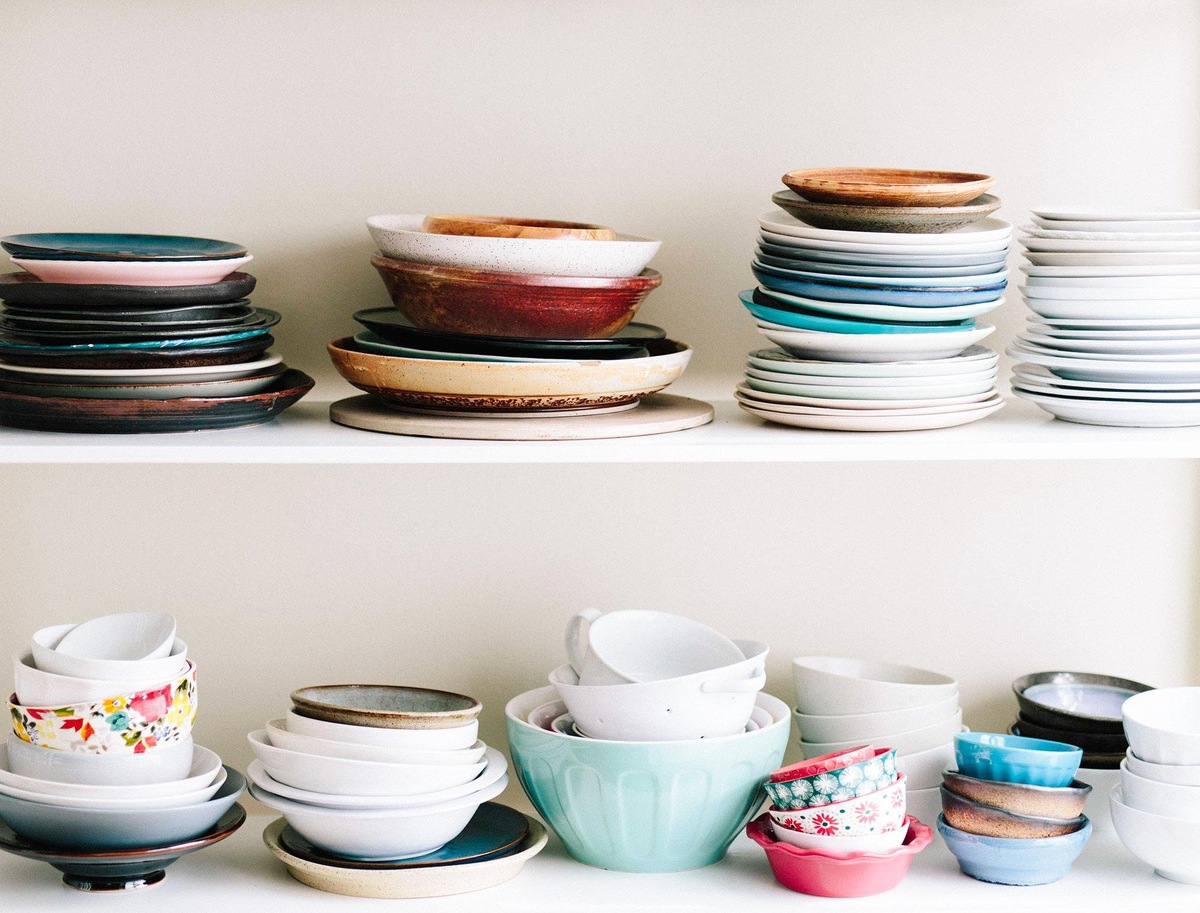
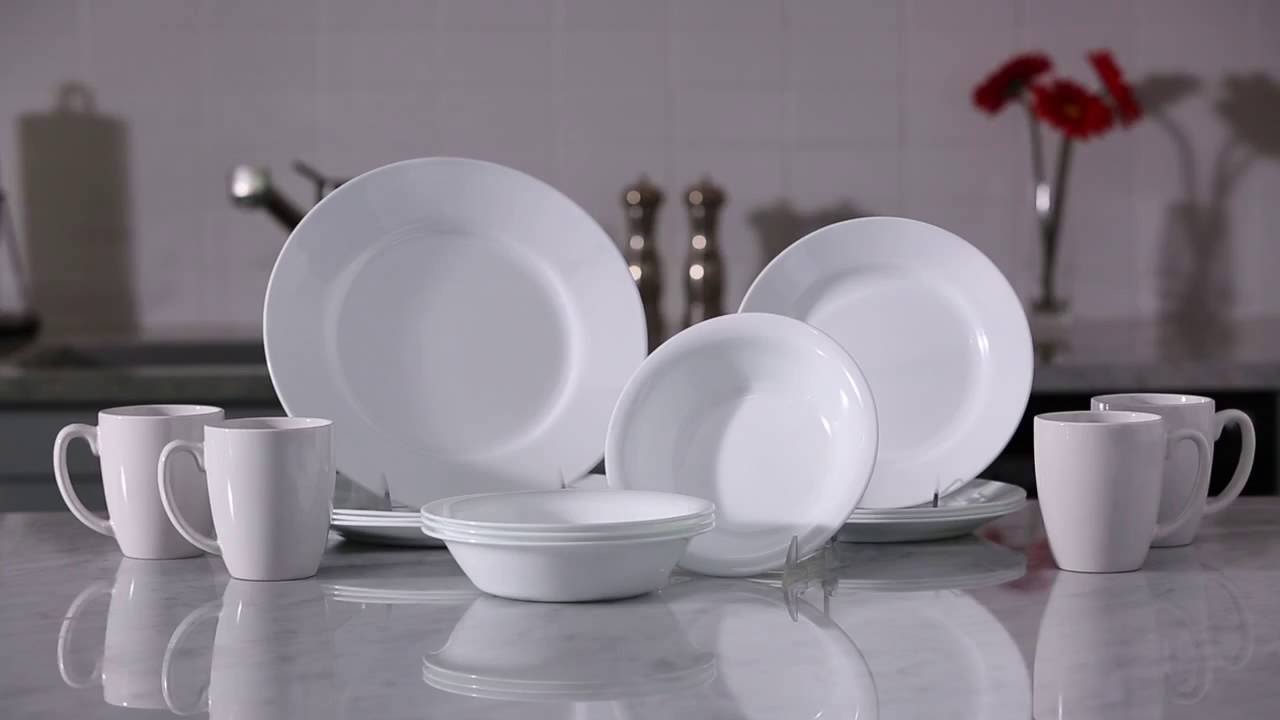
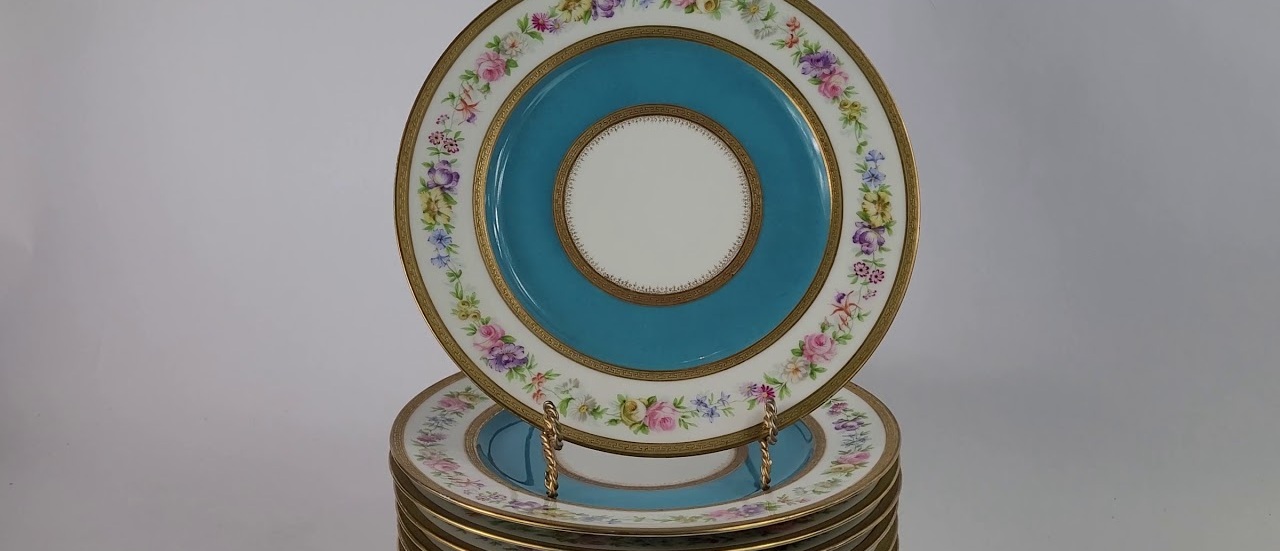
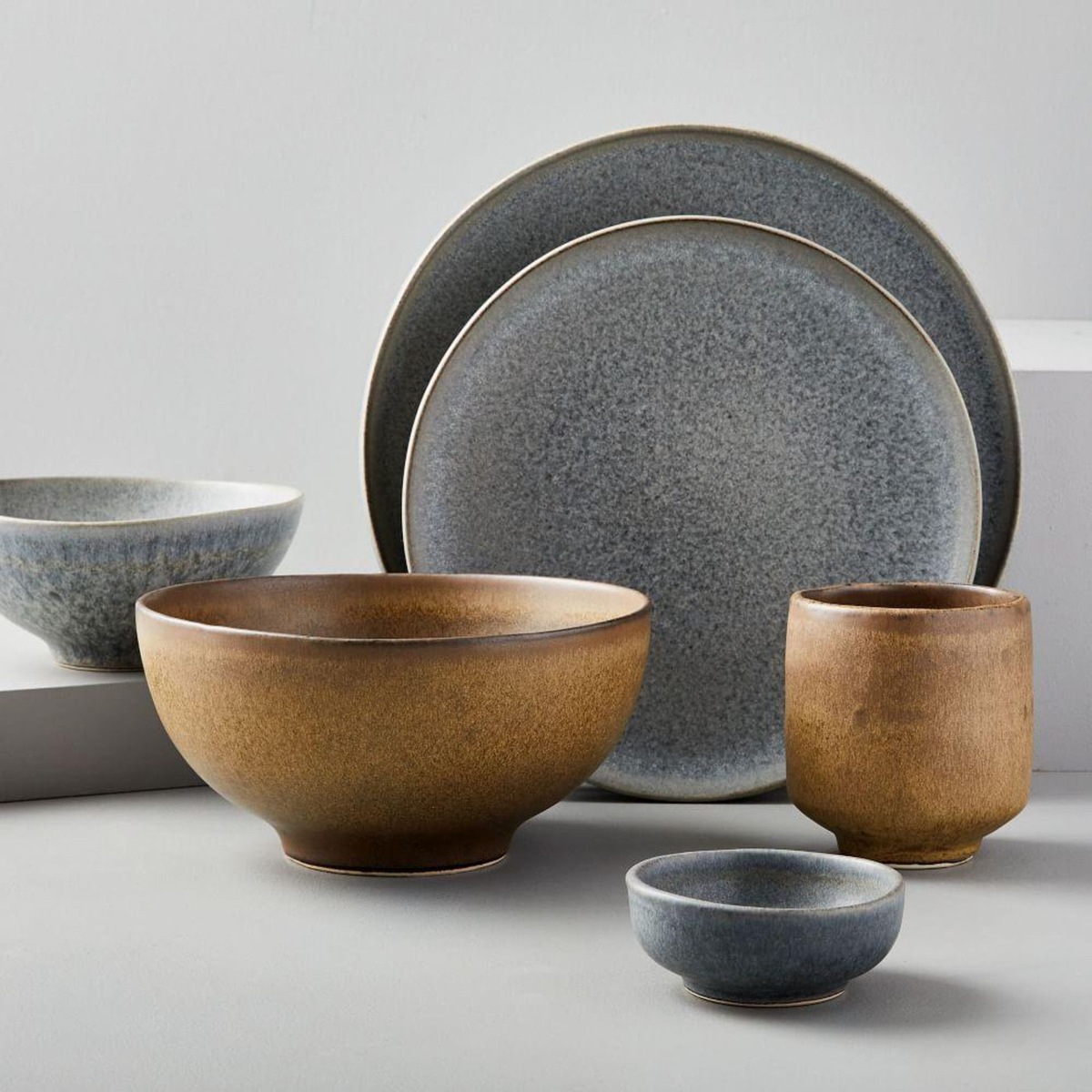
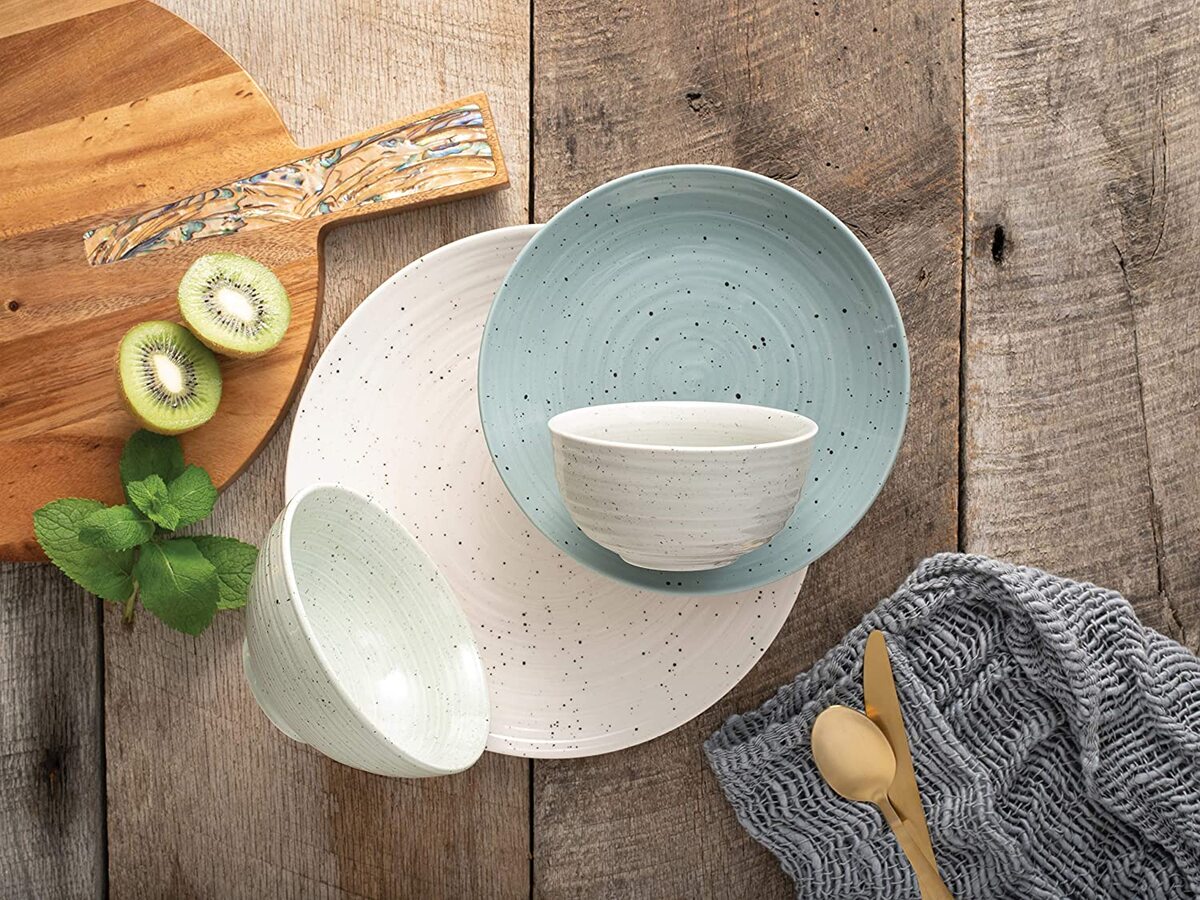
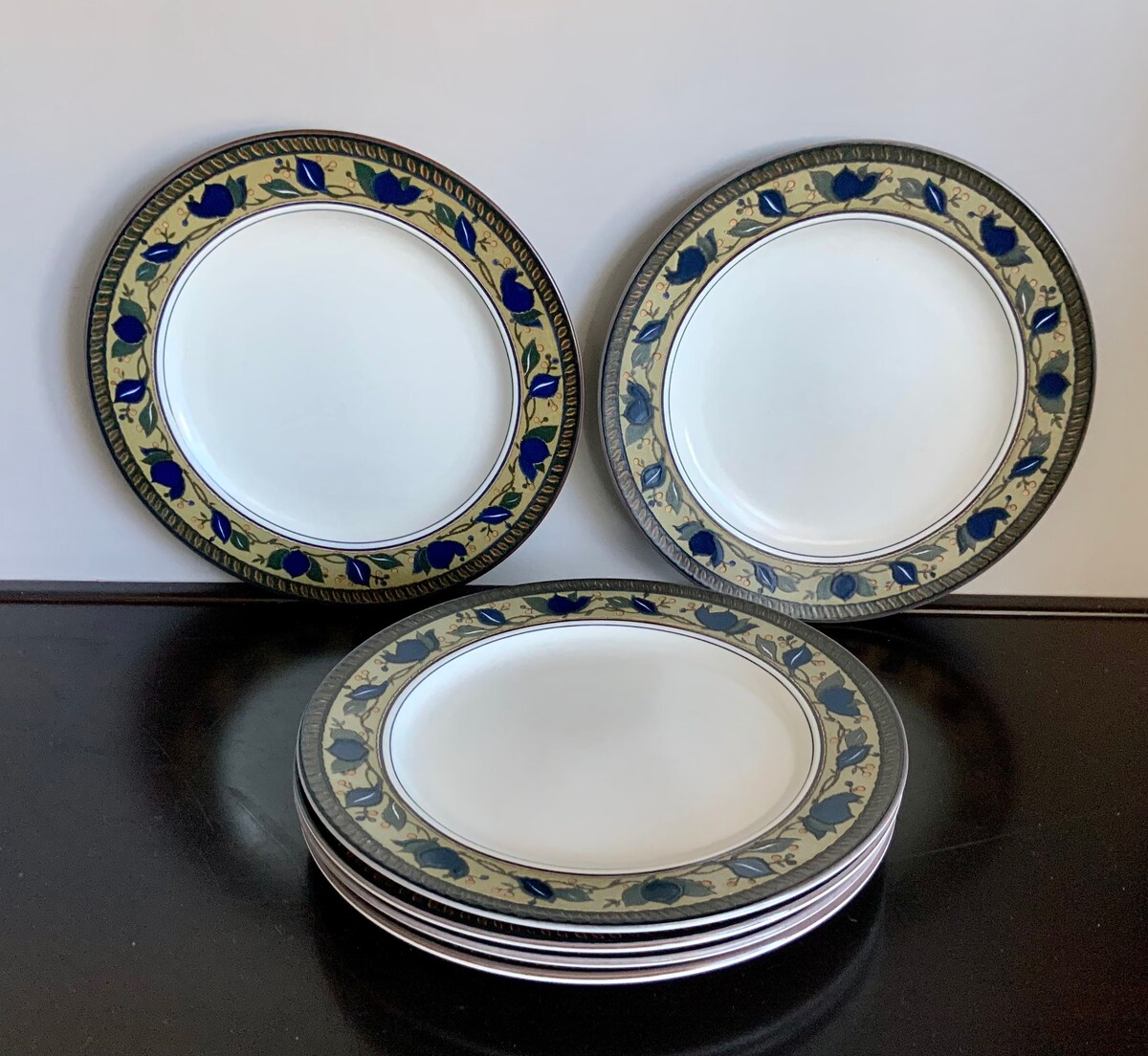
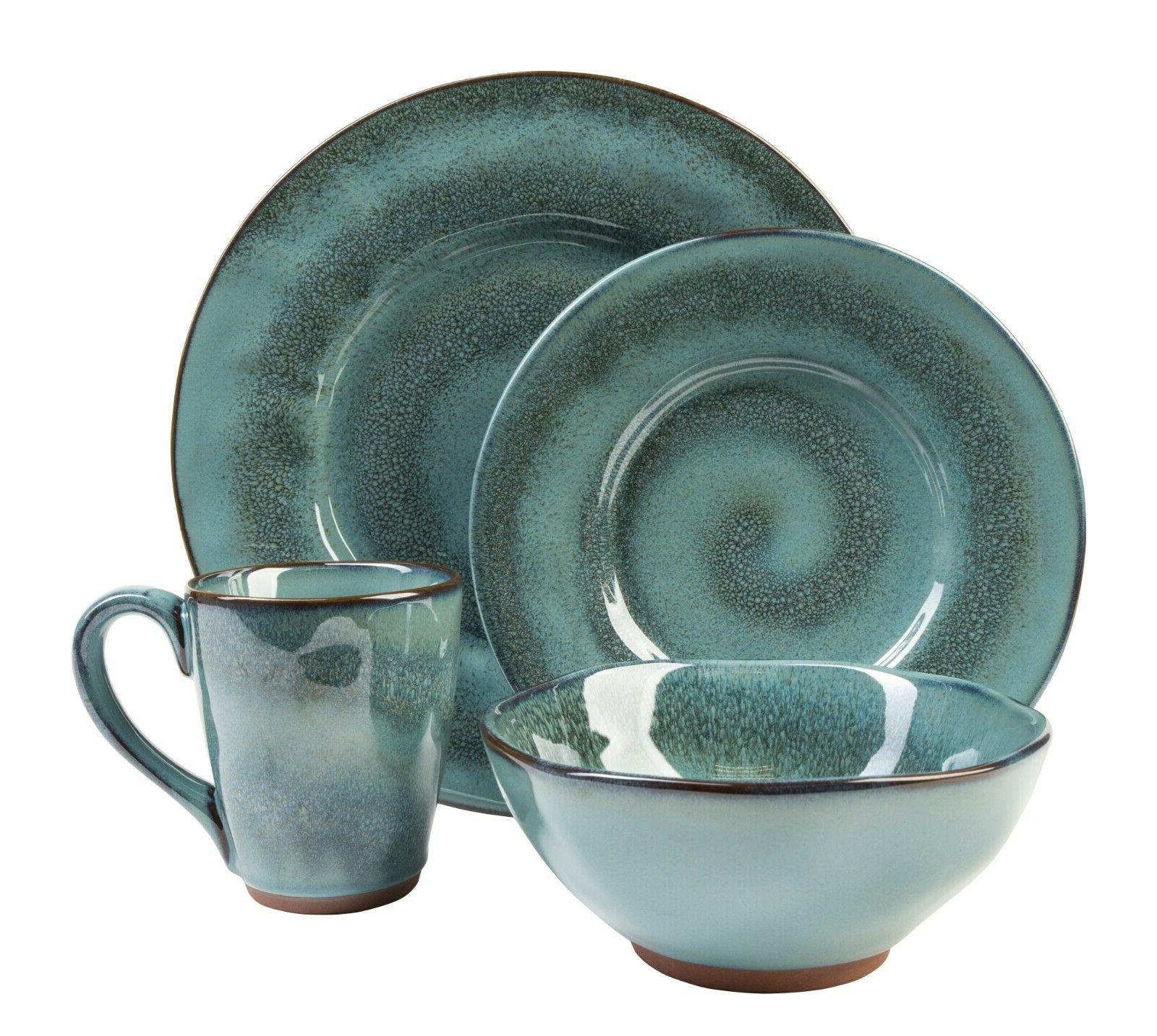

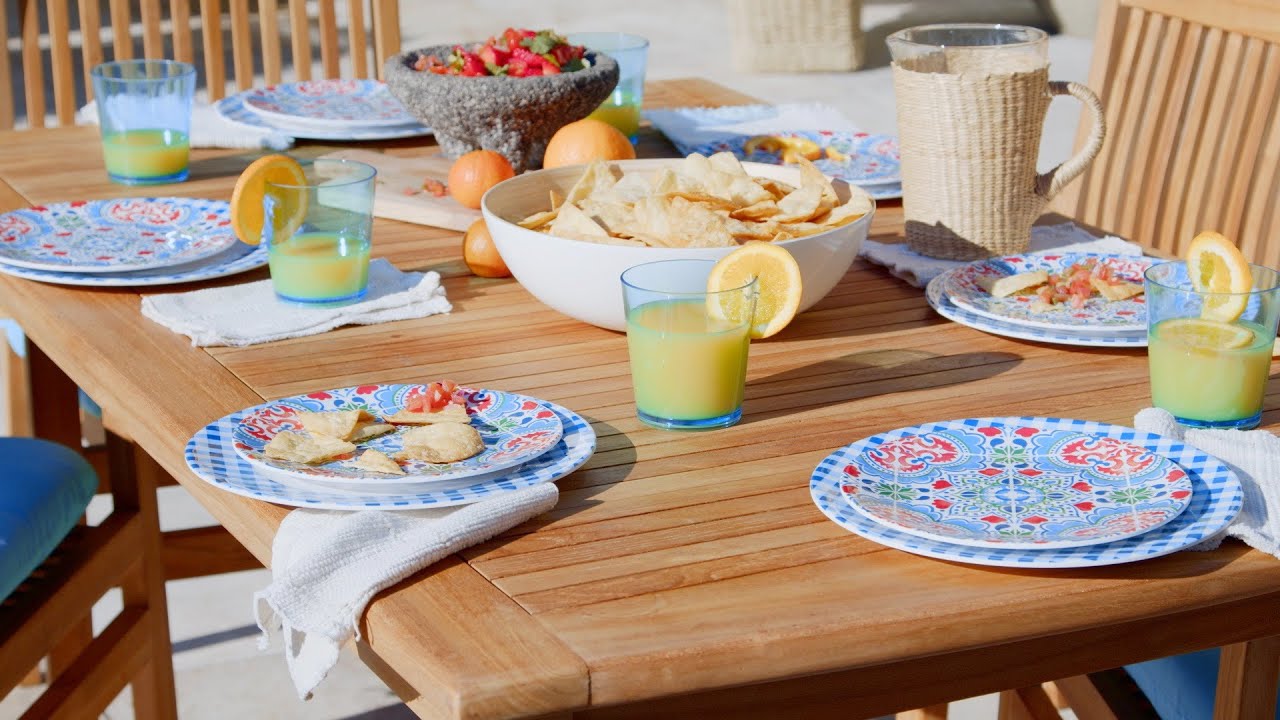
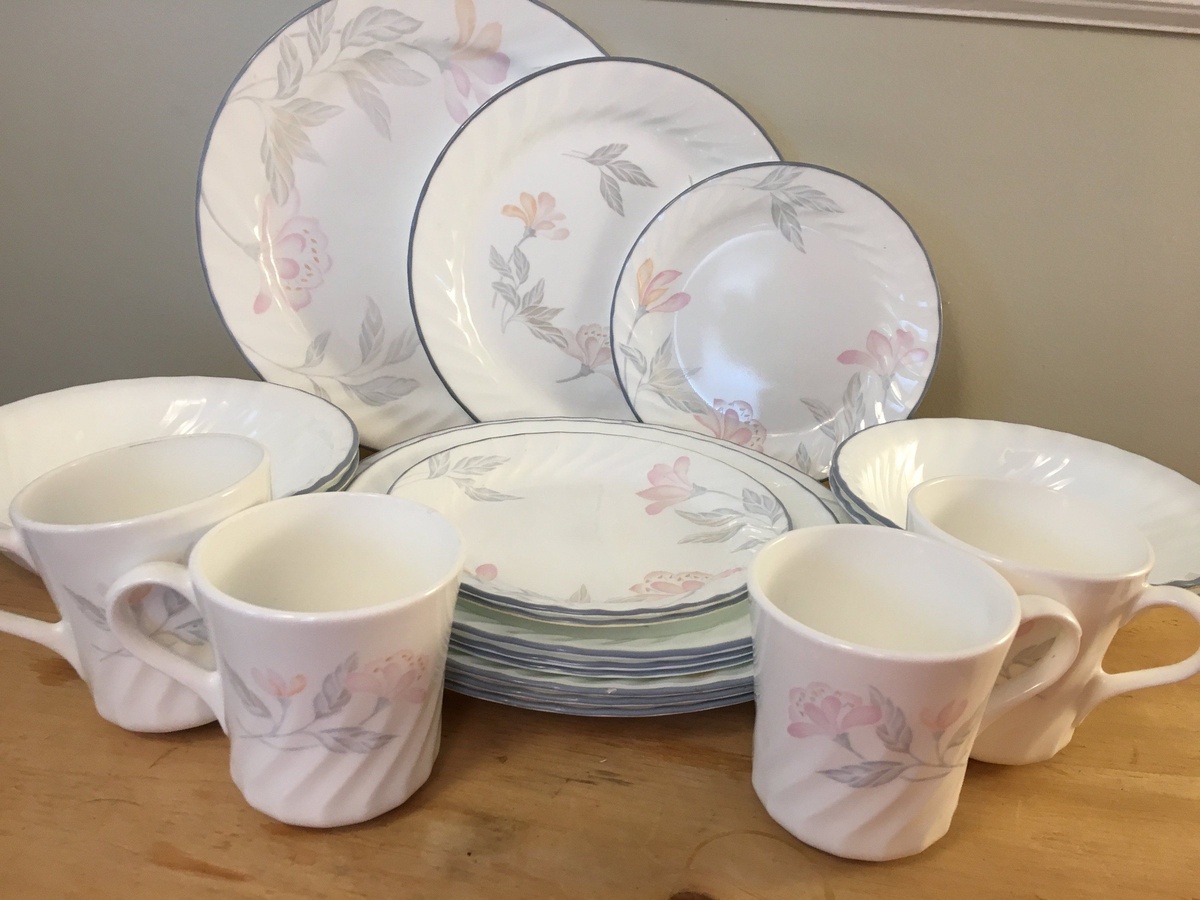
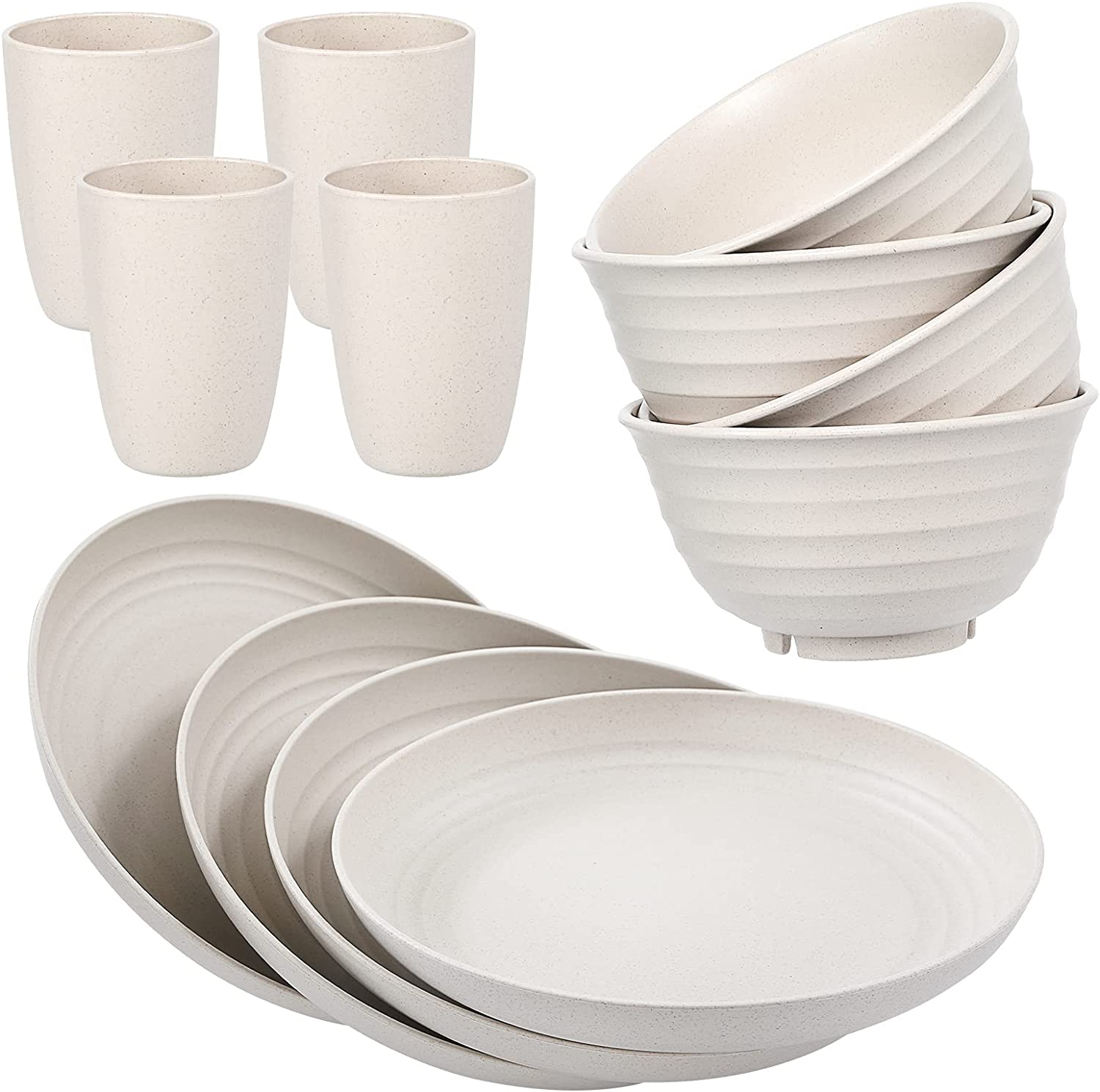
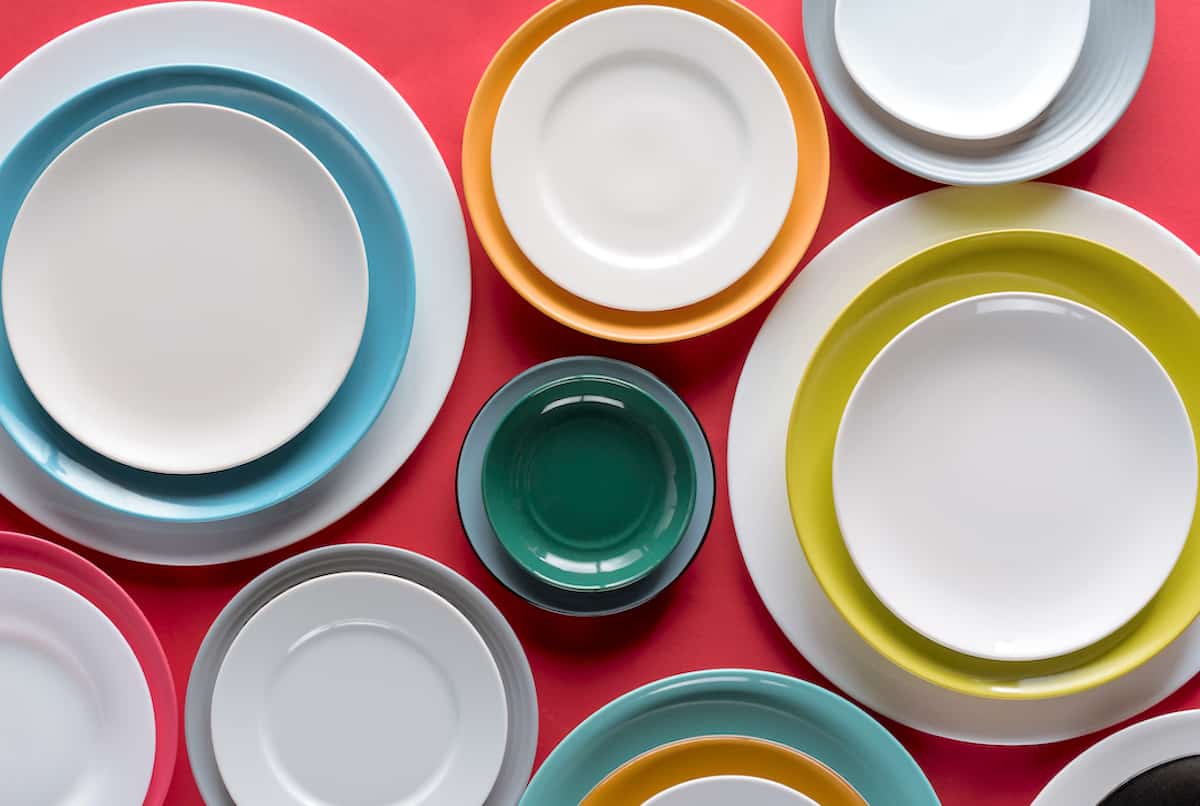

0 thoughts on “How To Choose Dinnerware”